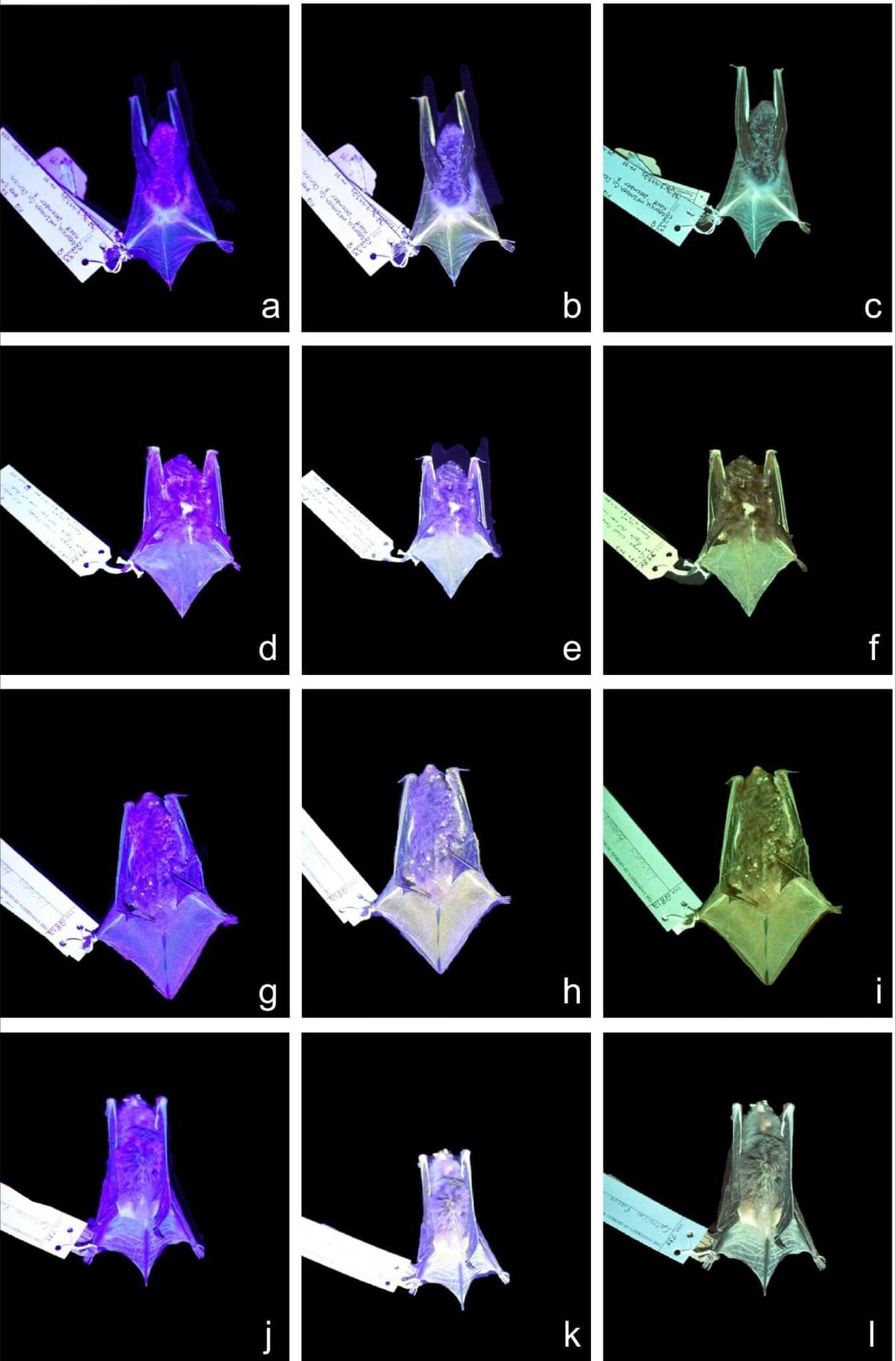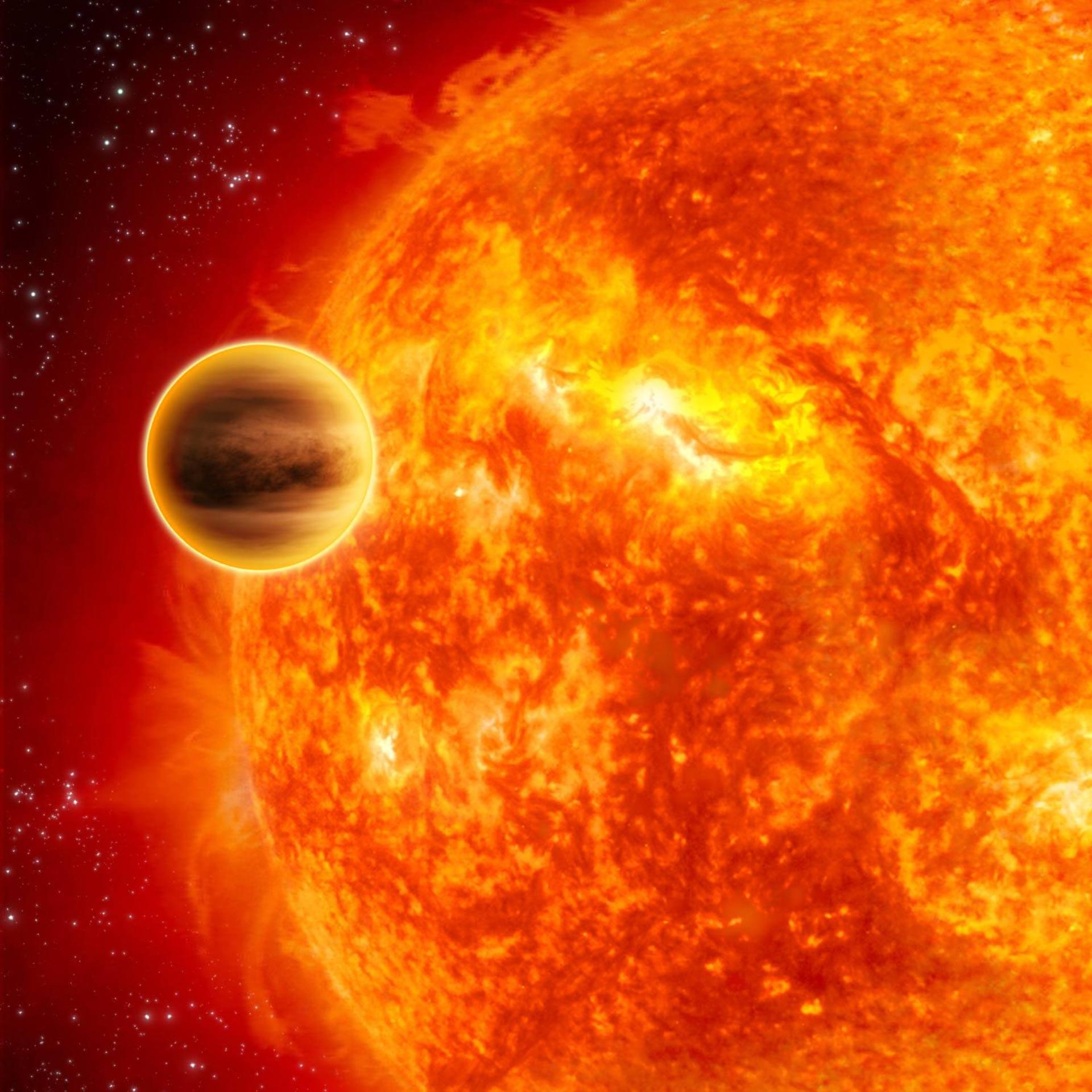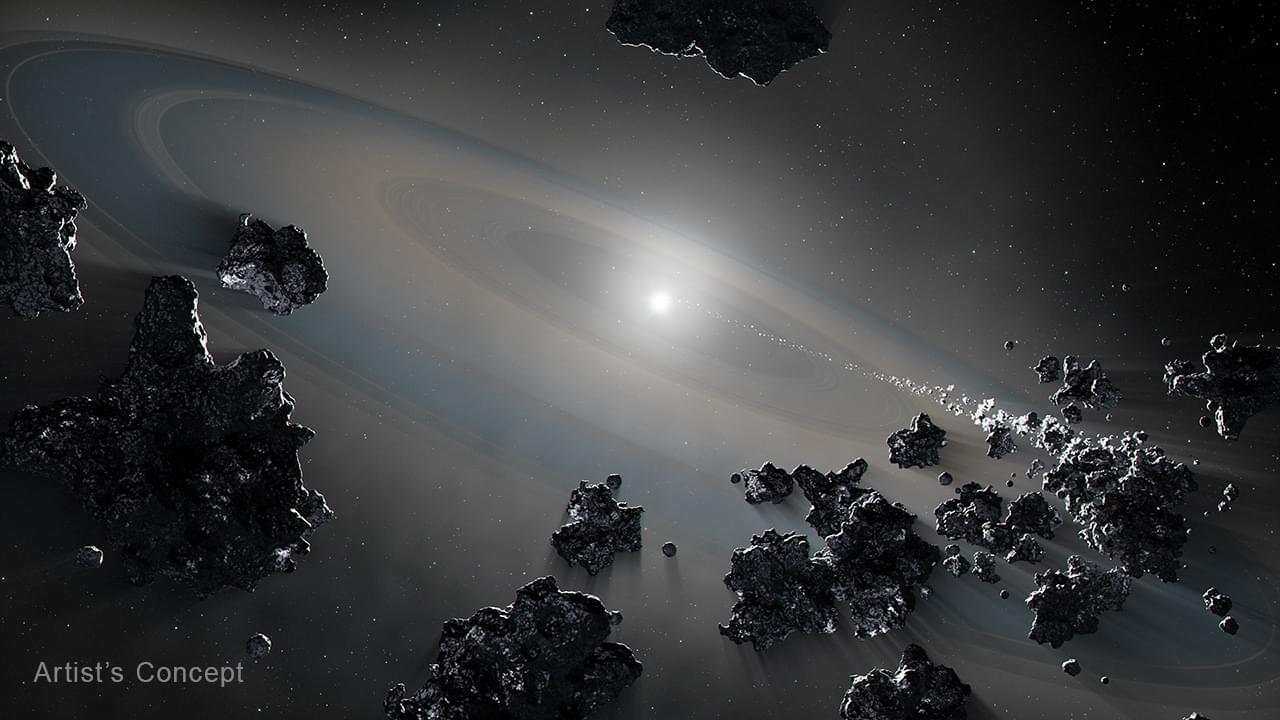New “Brash” flaw lets attackers crash Chromium browsers in under a minute using DOM overloads.




WhatsApp is rolling out passkey-encrypted backups for iOS and Android devices, enabling users to encrypt their chat history using their fingerprint, face, or a screen lock code.
Passkeys are a passwordless authentication method that allows users to sign in using biometrics (such as face recognition or fingerprint), PINs, or security patterns instead of traditional passwords. They enable logging into websites, online services, or apps without needing to remember complex passwords or use a password manager.
When creating a passkey, your device generates a unique cryptographic key pair consisting of a private key stored on the device and a public key sent to the website or app. Because of this, passkeys provide significantly improved security over regular credentials, seeing that they can’t be stolen in data breaches because the private key never leaves your device.

Near-Field Communication (NFC) relay malware has grown massively popular in Eastern Europe, with researchers discovering over 760 malicious Android apps using the technique to steal people’s payment card information in the past few months.
Contrary to the traditional banking trojans that use overlays to steal banking credentials or remote access tools to perform fraudulent transactions, NFC malware abuses Android’s Host Card Emulation (HCE) to emulate or steal contactless credit card and payment data.
They capture EMV fields, respond to APDU commands from a POS terminal with attacker-controlled replies, or forward terminal requests to a remote server, which crafts the proper APDU responses to enable payments at the terminal without the physical cardholder present.

Scientists have developed a groundbreaking tool called Effort.jl that lets them simulate the structure of the universe using just a laptop. The team created a system that dramatically speeds up how researchers study cosmic data, turning what once took days of supercomputer time into just a few hours. This new approach helps scientists explore massive datasets, test models, and fine-tune their understanding of how galaxies form and evolve.


“We want to learn more about how our solar system formed moons. This means that we need to look at other systems that are still under construction. We’re trying to understand how it all works,” said Dr. Gabriela Cugno.
How do moons form around gas giant planets? This is what a recent study published in The Astrophysical Journal Letters hopes to address as a team of scientists investigated how circumplanetary disks (CPDs) comprised of the gas and dust leftover from planetary formation evolve into moons. This study has the potential to help scientists better understand the conditions for exomoon formation and evolution and where scientists could potentially search for life beyond Earth.
For the study, the researchers used NASA’s James Webb Space Telescope to observe the CPD orbiting CT Cha b, which is located approximately 620 light-years from Earth and is approximately 17 times as massive as Jupiter. The goal of the study was to ascertain the composition of the CPD and compare it to CT Cha b and the surrounding disk of the host star, CT Cha A.
In the end, the researchers found that the CPD around CT Cha b was composed of carbon-rich chemistry that contrasted compositions of gas giant exoplanet atmospheres. Additionally, the researchers found the CPD’s carbon-rich chemistry composition also contrasted with the disk surrounding CT Cha A. The team concluded that this is the first evidence of moon formation around a gas giant exoplanet and compared this to the potential formation mechanism for Jupiter’s Galilean moons.

Rising cannabis use and falling smoking rates suggest legalization drives substitution of cannabis for cigarettes.
How does cannabis use influence cigarette smoking? This is what a recent study published in Addictive Behaviors hopes to address as a team of researchers investigated how recreational cannabis legalization has caused shifts in social dynamics, specifically regarding cigarette use. This study has the potential to help researcher better understand the social impacts of recreational cannabis legalization and the steps that can be taken to mitigate the negative impacts.
For the study, the researchers analyzed data obtained from the National Survey on Drug Use and Health for 30-day trends regarding cannabis-only use, cigarette-only use, and co-use for individuals 18 years and older and from time periods of 2015–2019, 2020, and 2021–2023. The goal of the study was to draw a connection between cannabis legalization and cigarette use, or co-use. In the end, the researchers found increases in cannabis-only use in 2015–2019, 2020, and 2021–2023 at 3.9% to 6.5%, 7.1%, and 7.9% to 10.6%, respectively. In contrast, cigarette-only use decreased during these same time periods at 15% to 12%, 10.3%, and 10.8% to 8.8%, respectively. Finally, the researchers observed consistent co-use during all three periods.
“The rising cannabis-only use across groups parallels the expanding state-level recreational cannabis legalization, increasing accessibility and normalization,” the study notes. “Conversely, continued declines in cigarette-only use align with decades of tobacco control efforts and evolving norms surrounding smoking. The relatively stable co-use trends may reflect substitution dynamics whereby some individuals replace cigarettes with cannabis, preventing co-use from rising in tandem with cannabis-only use.”

“Eclipse mapping allows us to image exoplanets that we can’t see directly, because their host stars are too bright,” said Dr. Ryan Challener.
What can a 3D map of an exoplanet’s atmosphere teach astronomers about the planet’s formation, evolution, and composition? This is what a recent study published in Nature Astronomy hopes to address as a team of scientists presented a first-time 3D map of an exoplanet’s atmosphere based on temperature. This study has the potential to help scientists better understand the formation and evolution of exoplanet atmospheres while opening the doors for developing better methods of studying them.
For the study, the researchers used data obtained from NASA’s James Webb Space Telescope to develop a new method called 3D eclipse mapping on WASP-18b, which is located just over 400 light-years from Earth and whose radius is slightly more than Jupiter’s while have ten times its mass. WASP-18b is known as an “ultra-hot” Jupiter, as it orbits extremely close to its star at 0.02024 astronomical units (AU) while completing one orbit in only 0.9 days. For context, the planet Mercury orbits our Sun at 0.387 AU and completes one orbit in 88 days. WASP-18b is also tidally locked to its star like our Moon is tidally locked to Earth.
In the end, the researchers found that WASP-18b’s “dayside” features variations in temperature and chemical composition while also exhibiting a circular “hotspot” where the largest amount of starlight hits the atmosphere. Additionally, the team found this hotspot is surrounded by a colder “ring” closer to the limbs of the planet, or the outer edges where the shape of the planet is visible.

“This discovery challenges our understanding of planetary system evolution,” said Érika Le Bourdais. “Ongoing accretion at this stage suggests white dwarfs may also retain planetary remnants still undergoing dynamical changes.”
What can white dwarf stars eating their own planets teach astronomers about planetary and solar system formation and evolution? This is what a recent study published in The Astrophysical Journal hopes to address as a team of scientists investigated an old planetary system whose planets are still actively being consumed by their white dwarf star. This study has the potential to help scientists better understand the formation and evolution of planetary systems and what our solar system could look like billions of years from now.
For the study, the researchers observed and analyzed the white dwarf star, LSPM J0207+3331, which is located approximately 145 light-years from Earth and hosts one of the oldest known planetary systems to date. Additionally, this system contains the most extensive metal-rich debris disk orbiting a hydrogen-rich white dwarf star ever discovered, which could challenge longstanding notions regarding the fate of solar systems after Sun-like stars expire and become white dwarfs.
The hydrogen-rich aspect of the white dwarf is intriguing since these types of stars typically hide successful observations of certain elements within the dust and gas of the aged solar system. Potentially the most intriguing finding from this study is the researchers discovered the remnants of a planetary body that was originally about 120 miles (200 kilometers) in diameter that got shredded by its host white dwarf star.